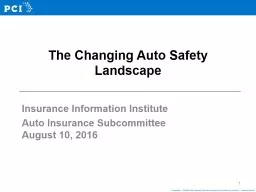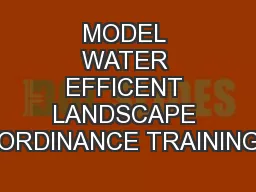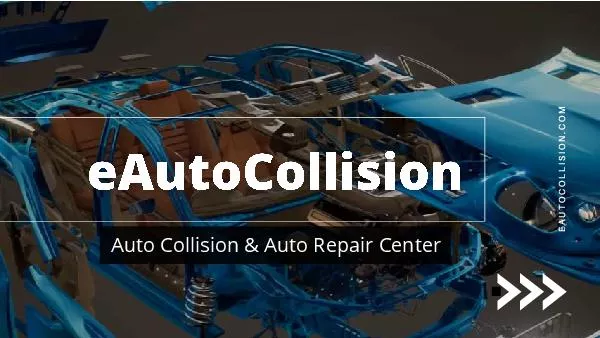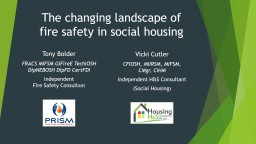PPT-The Changing Auto Safety Landscape
Author : lindy-dunigan | Published Date : 2018-11-04
Insurance Information Institute Auto Insurance Subcommittee August 10 2016 1 About PCI 1000 insurance company members 202 billion premium 35 of PampC market 2
Presentation Embed Code
Download Presentation
Download Presentation The PPT/PDF document "The Changing Auto Safety Landscape" is the property of its rightful owner. Permission is granted to download and print the materials on this website for personal, non-commercial use only, and to display it on your personal computer provided you do not modify the materials and that you retain all copyright notices contained in the materials. By downloading content from our website, you accept the terms of this agreement.
The Changing Auto Safety Landscape: Transcript
Download Rules Of Document
"The Changing Auto Safety Landscape"The content belongs to its owner. You may download and print it for personal use, without modification, and keep all copyright notices. By downloading, you agree to these terms.
Related Documents














